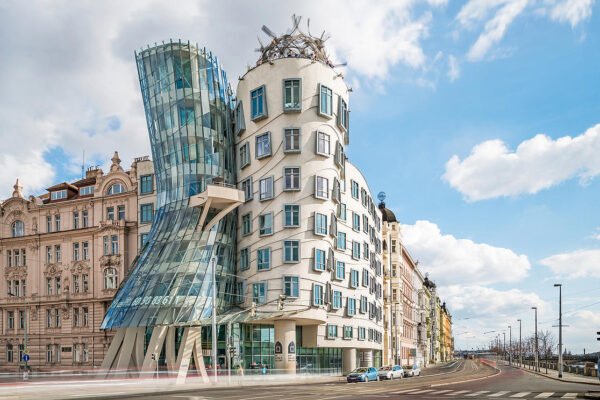One of the most defining aspects of the visit to any historical city is the presence of notable buildings or structures at the location. Mumbai does have its fair share of beautiful and historic buildings, and there have been some very prominent architects In mumbai too in the past. It is the historical element and the relation that a building has to the city of Mumbai that brings it to be included in the list here. However, that does not mean that this is the final list and that the city does not have any other structures at all.
- The Asiatic Building
Said to have been constructed over 200 years ago with blocks being brought in from England, this is primarily a library building with a high vaulted roof. Its pure white exterior does make it suited to every era and period. The long expansive set of stairs adds character and body to the structure.
- The Crawford Market
Built in 1865, this was then one of the most extensive and yet contained markets of the times in Mumbai. The building does present the current building styles of the times when grandeur sought to define public spaces and structures most of the time. It is the Kipling’s Fountain that forms the center of the market and is done in true Romanesque style.
- The Prince of Wales Museum
A rather imposing building that has to be noted for the use of inlaid floor tiles which was not that common a feature of the times. The well laid out chambers in the building create spaces and room sufficient to make a spread out presentation of artifacts.
- Bassein Fort
Situated at the far end of the city at Vasai, the remains of the fort built in the 16th century by the Portuguese could well have been one of the early structures done in stone. However, what exists as mainly ruinous structures would no doubt present the visitor with the glorious past.
- St. Thomas Cathedral
This could well be the first Anglican place of worship in the country and has to be noted for the high ceiling and vaulted domed roof. The church did define the early days of the Fort area in downtown Mumbai, and it has undergone a couple of significant renovations in the past. There could be no bettering the location which is bang in the heart of the Fort business district.
- Ambreshwar Shiva Temple
For a country like India, there could be no dearth of temples and to all the major deities as well. What sets apart the Ambreshwar temple is the single stone construction that has seen the whole structure done in single monolithic granite stone. Getting to the location can be quite a challenge due to the rather narrow and restrictive though fares that lead up to the place.
- Worli Fort
The single most attraction to this fort is the somewhat disguised nature of its location. Even the old timers of the city of Mumbai would pass by the fort without having been aware of its existence. This could well be one of the earliest fortifications in the western side of the country and has to be noted for the full jointless type of construction used on the structure.
- St. Xavier’s College
In many ways, it was the St. Xavier’s College that more or less defined the cultural scene of the city and indeed the country, in the not too distant past. The college is housed in a set of two or three buildings which are imposing in itself.
- Dr. Bhau Daji Lad Museum
This could well be one of the earliest museums set up in the country. The very structure that house the exhibits make for an imposing sight in itself; and has to be noted for the amount of space that has been made possible in such a small area. This could be the ideal start to a tour of Mumbai if the aim is to take in the contemporary art culture of the city.
- Elephanta Caves
Dating back to well over 2500 years, this is one of the most elaborate cave structures to house a temple complex. Some spaces house the Hindu worship items and the Buddhist part of the cave structure as well. It does take a three-hour boat ride to reach here and can be done conveniently from the starting point at the Gate Way of India.
Architects in mumbai have always excelled themselves in creating spaces and structures that more than projected a specific power about the place. Traditionally it was the city that more or less defined what India was all about and thus the architecture of the area must reflect this aspect best.
